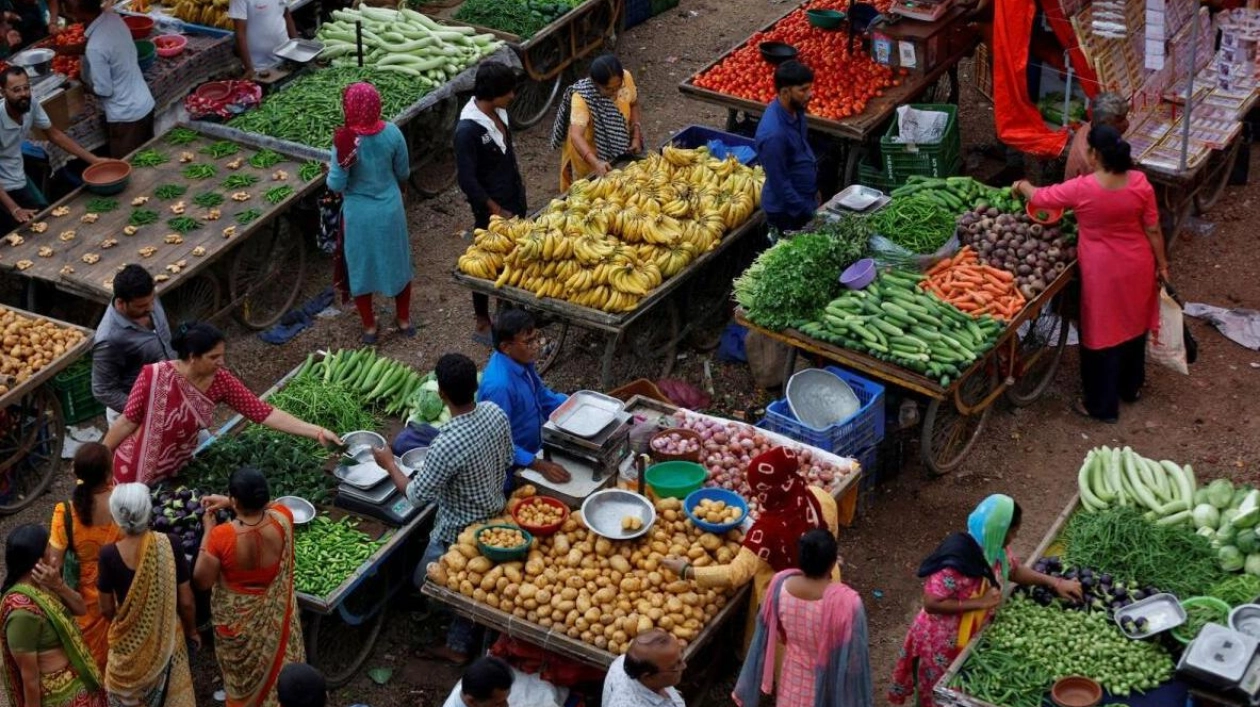External members of the central bank's rate panel have advised against switching the monetary policy target from headline inflation to core inflation, directly impacting Indians. This suggestion was proposed in the government's annual economic report, which sparked a debate in India regarding the appropriate monetary policy target. Since 2016, India has followed an inflation targeting framework, with the central bank's rate setting panel aiming for a 4 percent headline inflation rate. Despite core inflation dropping to around 3 percent, the persistent rise in food prices has kept headline inflation above the target, limiting interest rate cuts. Shashanka Bhide, an external MPC member, emphasized the need to consider the entire consumption basket to accurately gauge economic price pressures. The MPC, consisting of three RBI officials and three external members appointed by the government, has maintained a steady key repo rate of 6.5 percent for nine consecutive meetings due to high food prices. Economic growth is projected to slow from 8.2 percent to 7.2 percent this fiscal year. Jayanth Varma, another external MPC member, supports rate cuts but believes it inappropriate to change the target during high food inflation. Ashima Goyal, the third external member, noted that while headline inflation affects the public more, the MPC should focus more on core inflation. The current rate panel has struggled with headline inflation exceeding the 4 percent target due to high food and fuel prices. Goyal suggested that targeting core inflation could have allowed for lower interest rates, while Varma argued that the impact on the repo rate would depend on the specific core inflation target.

Text: Lara Palmer
26.08.2024
Debate in India over monetary policy target as food prices keep headline inflation high





